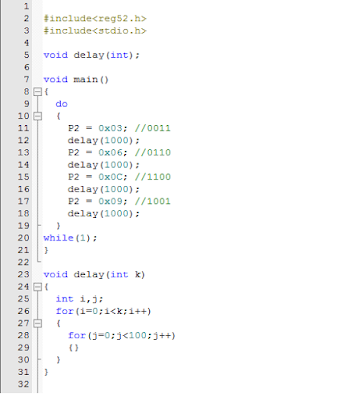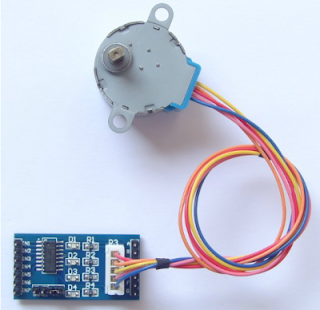This is important week as this week is FYP 2 presentation day. It being held at Gemilang Hall and start at 9.00 a.m until 12.00 p.m. The students is being advise to attend early at 8.30 a.m for registration and set up the booth. The poster and the project is been set up. The assessor for the FYP 2 are Prof. Dr. Air Abas and Madam Azliza Arshad. The presentation is finished at 11.20 a.m.
Figure 1: Poster Design
Figure 2: FYP Presentation Day
Figure 1: Micromouse

































